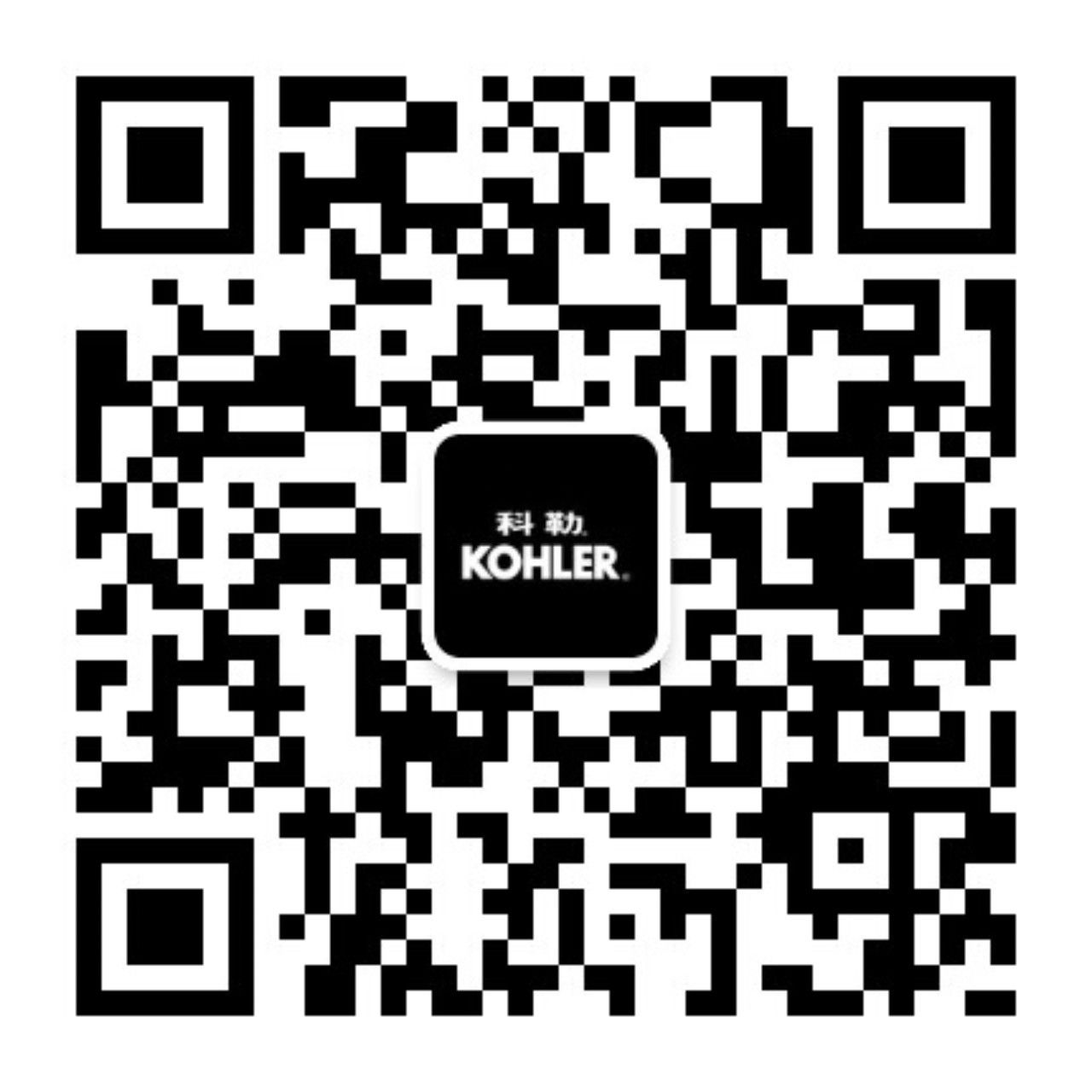Your Studio KOHLER Workspace
Your Studio KOHLER Workspace
Few cultural institutions garner the level of attention that the Museum of the Future enjoyed even before its debut last year, and rightfully so. After an investment of six years and US$136 million, the museum commands attention among some of Dubai’s most recognizable skyscrapers thanks to its distinctive torus-shaped structure — the work of Shaun Killa, a veteran of the city’s architecture sector.
“Sustainability has been the main driver for the Museum of the Future’s design since its first sketch,” says Killa, who featured in Design Middle East’s Architects Powerlist 2022. “The aspiration was to make the design, the fabrication, and its operational resources as sustainable as possible.” As part of this strategy, he explains, the project aims to achieve LEED Platinum certification by using passive solar design, low-energy and low-water engineering solutions, recovery strategies for energy and water, and integrated renewable energy from an off-site solar farm located on the rooftops of nearby buildings.
Adding an unmistakable sense of place to the megastructure is the Arabic calligraphy that makes up the facade’s 1,024 stainless steel panels. The words are taken from the poetry of the emirate’s ruler, Sheikh Mohammed Bin Rashid Al Maktoum. “It contextually roots the museum within the Arabian Gulf,” explains Killa. “Further contextual relevance comes from the words themselves, which reflect Dubai’s aspirations, history, and future.”
Inside the museum, sensory overload awaits. In the atrium alone there’s a sculptural spiral staircase, a flying penguin drone, and a trio of clear capsule elevators. Spread across seven floors, the museum’s five zones cover space travel, climate change, technology, and the natural world (and those with an eye for design will also notice KOHLER products in the washrooms).
Dubai’s most progressive megaproject, the Museum of the Future is both a window into life in 2071 and a celebration of the evolution of design.
_____By Samia Qaiyum
As its name suggests, the Museum of the Future is not about honoring the past but providing a glimpse of tomorrow. The first zone in the museum is a space station, the O.S.S. Hope, in the year 2071 — the centenary of the founding of the United Arab Emirates.
Descending back down to Earth from the space station, visitors arrive at the Heal Institute. Rooted in nature — or rather, a message about the destruction of nature — this zone is a mixed-reality recreation of the Amazon rainforest, where a ceiba tree installation shows how a combination of bio-design and artificial intelligence can help offset the impact of deforestation. Nearby, The Library stores the genetic codes of more than 2,400 species in rows and rows of neon-lit jars, and is arguably the museum’s most memorable area.
Other levels are home to the whimsical pink Al Waha zone, a “sanctuary from digital life,” and Tomorrow Today, a showcase of “innovations that could change our world.” And while the likes of Tesla Gloves, all-electric jetpacks, and biometric sports shoes all point to a future in which self-hacking will be the norm, nothing feels more indicative of tomorrow than the architecture of the museum itself.




